The use of either hanger bolt assemblies or standoffs mean that youll need to drill, grind or cut the tile when installing, which is not an ideal solution, and will make the time you spend on the roof more time consuming as well as more frustrating.
Best Practices: Installing PV on Tile Roof
Jolene Ciosek | EcoFasten Solar
Reposted with permission from the EcoFasten Solar blog:
After a long winter’s nap, it’s time to get back into the swing of things. There’s work to be done, solar to install, and milestones to be met.
What roof type will the majority of your installs be on during the remainder of 2018? While comp shingle and metal make up the majority of roof types in the northeast, tile makes up a huge portion of the roofs in the south and in the west….yes, even in snow country.
That said, EcoFasten Solar hopes all you installers out there will benefit from these top tips for installing PV on tile roofing.
Tile roofing consists of 3 common elements:
- Tiles: Various profiles – Flat, W, S, Mission
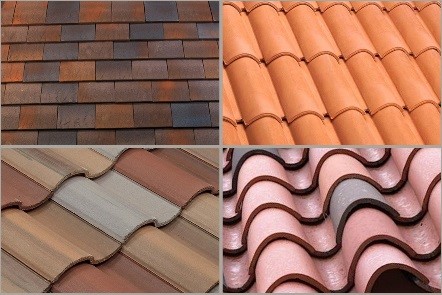
2. Battens: Attachment points for tiles
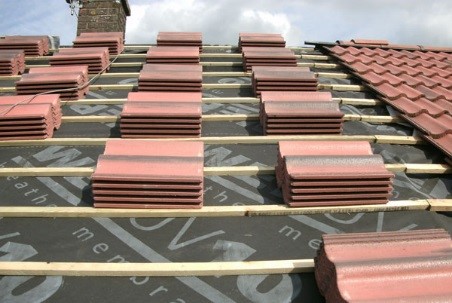
3. Underlayment on sheathing (post-1986, per code)
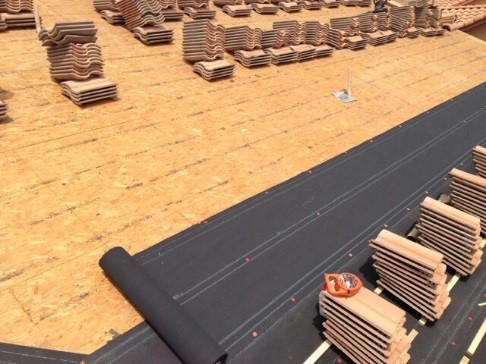
BEFORE YOU INSTALL
Making sure you dig into the following elements of the install will make your time on the roof as fast and straightforward as possible.
What profile of tile is the roof you’ll be working on?
Your mounting/flashing solution will be specific to tile type, such as flat, W and S profile tiles.
Check tile condition for:
-Pests-
Tile roofs are an ideal home for bats, squirrels, rats, wasps, etc….Gnawing and added moisture can degrade materials rapidly, causing structural or waterproofing failure.

-Damage from past work-
Dropped tools or standing the wrong way can break and crack tiles. If you see broken tiles (and you will), make note, take photos, show the homeowner or business owner because, like it or not, the last person on the roof is who will be blamed for any damage.
IMPORTANT: Damaged tiles should be replaced before installing. Solar mounting solutions that replace a tile with flashing are a great source for replacement tiles.
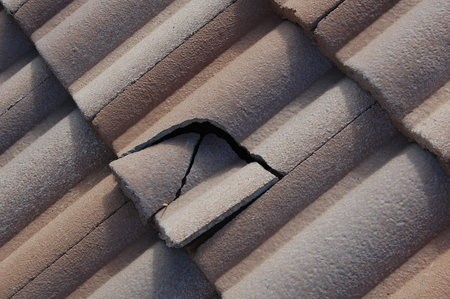
-Condition of underlayment-
15# / 30# / 40# asphalt-impregnated felt, modified bitumen, or plastic / synthetic fabrication is ideal.
Capillary action and saturated tile can cause moisture at underside of tile.
Wind-driven rain can also find its way up and under tile.
Signs of a leak and/or the need for a roof repair include mold, curling of the underlayment and cracking.
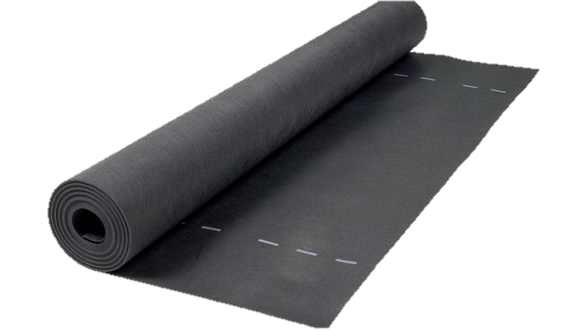
-Roof construction-
- Do the underlayment/sheathing or battens require repairs?
- What is the spacing between battens?
- Important if using a metal flashing at roof deck or retrofit
- What’s the rafter spacing?
MOUNTING OPTIONS FOR TILE
-Tile Hooks-
Weak attachments (lever arm) can deflect and break tile under loads, providing a direct path to solar attachment for moisture, pests, etc….
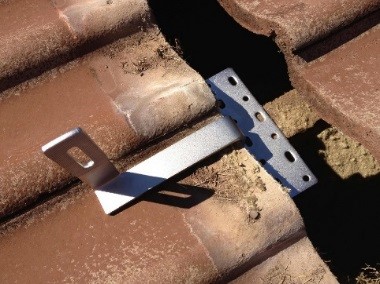
-Hanger Bolt Assemblies and Standoffs-
The use of either hanger bolt assemblies or standoffs mean that you’ll need to drill, grind or cut the tile when installing, which is not an ideal solution, and will make the time you spend on the roof more time consuming as well as more frustrating. Also, both methods usually involve “bibbing” or mastic and metal flashing at the roof underlayment with metal boot flashing at the tile surface.


There are new products on the market that are less labor intensive, requiring less tooling and no messy mastic.
-Flashing Systems-
Flashing systems that replace a complete tile
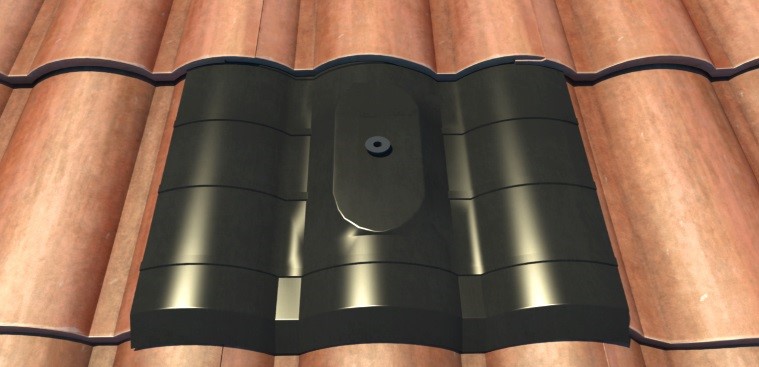
The Tile Roofing Institute (TRI) recommends flashing/seal at the roof deck and at the tile level. Flashings should be tested to:
- UL 441 Section 25-Flashing Standard for Gas Vents (closest standard for PV attachments)
- ICC-ES AC 286 § 4.1
Array layout will be pre-determined by a structural engineer and approved by Authority Having Jurisdiction (AHJ). Tile is heavy – minimizing additional weight on the roof, and gaining approval from a structural engineer will ensure structural integrity.

Just like minimizing additional weight on the roof, it’s equally important to minimize your time on the roof. Even the strongest types of tile can be brittle, so spending as little time on the roof as possible will minimize your chances of dropping tools or standing the wrong way.
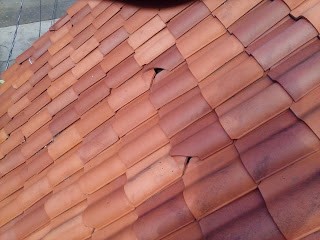
4 decades of on-the-roof experience led EcoFasten Solar to engineer solutions that are easiest for you, the installer.
Solutions like the Tile Flashing System, the first system on the market like it. Fast and easy to install, the flashing replaces a complete tile, so there’s no cutting, drilling or grinding of tiles. Besides attaching to the roof deck with as little as 2 lag bolts, the system is a great resource for replacement tile for those tiles that have cracked or broken.
(Tile Flashing System installation image from Sunrun)
If your team or your project manager insists on using tile hooks, do yourself a favor and use our Tile Hook Flashing, which also replaces one complete tile, and is available in 3 profile options for flat, W and S tile roofing. Talk about a time saver!
If you have questions or would like more information on any of our systems, just let us know – that’s what we’re here for!
The content & opinions in this article are the author’s and do not necessarily represent the views of AltEnergyMag
Comments (0)
This post does not have any comments. Be the first to leave a comment below.
Featured Product


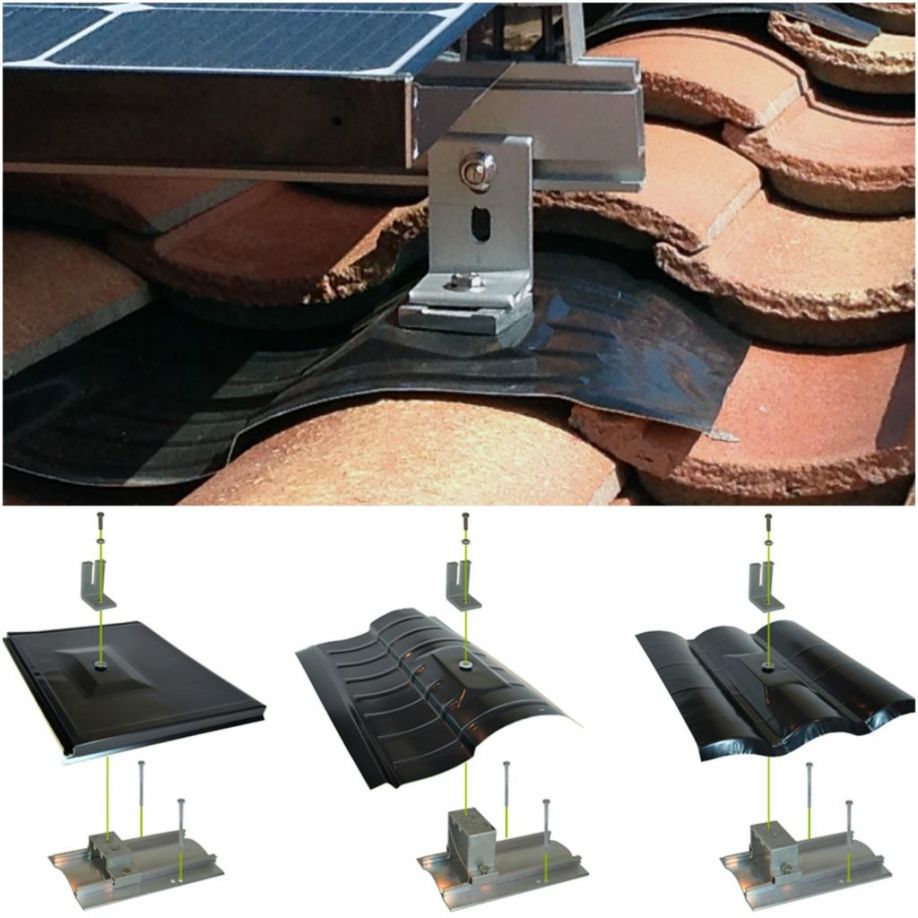
.jpg)